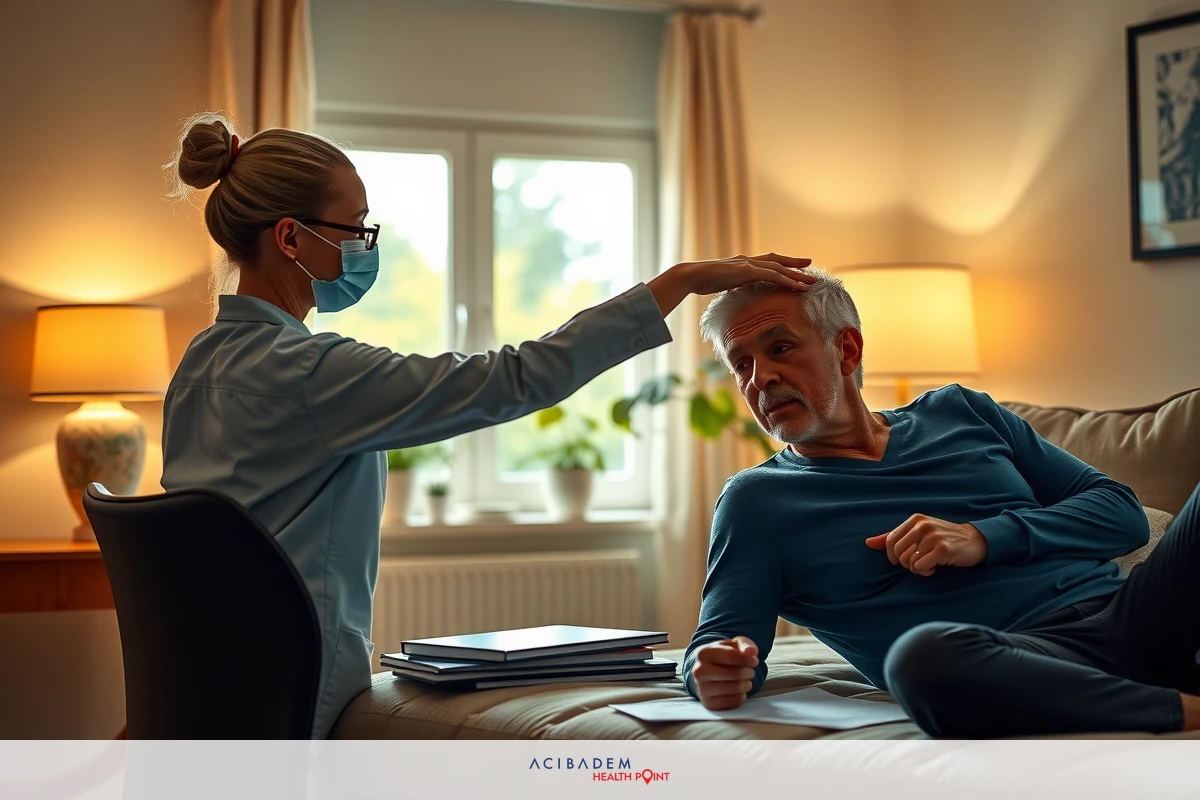How Long Recovery After Knee Arthroscopy
How Long Recovery After Knee Arthroscopy Recovery from knee arthroscopy varies for each person. The healing process depends on many things like your health before surgery. Most people want to get back to their daily life fast after an operation. It’s important to know what recovery involves and how long it might take.
After knee arthroscopy you will need some time off work and rest at home. A good plan helps make sure you heal well and can do your usual activities again soon. You may also have questions about getting around and managing pain during this time.
Everyone’s body heals in its own way so there are no set rules for recovery time. Doctors give guidance based on common outcomes they see in patients. Remember it’s vital to follow their advice for a safe return to your day-to-day tasks.
What is Knee Arthroscopy?
Knee arthroscopy is a way doctors can look inside your knee. They use a small camera called an arthroscope for this surgery. It lets them see the knee’s parts without making a big cut. This method is minimally invasive which means it’s less harsh on your body.
The procedure starts with tiny cuts near your knee. Through these cuts the doctor puts tools and the camera in place. The camera shows images of your knee on a screen in real time. So the doctor sees what needs fixing right away.
During surgery they may repair or take out damaged parts of the knee. Common issues are torn ligaments or meniscus and joint problems like arthritis. Afterward these small cuts are closed with care to allow healing.
Recovery from knee arthroscopy usually takes less time than open surgeries do. People often go home on the same day as their procedure to begin rehabilitation early on in recovery time—usually leading to good outcomes if managed well!
Recovery Time
The time it takes to recover from knee arthroscopy can differ greatly. Most people find that they can start moving again soon after the surgery. However full recovery and a return to all activities might take 4 to 8 weeks. It’s key to have patience and follow your doctor’s advice during this period.
In the first few days post-surgery managing pain is important for healing. Your doctor will likely suggest medicine to help with this. They’ll also tell you how best to rest your knee while keeping it safe from harm. Ice packs and keeping your leg raised are often part of early recovery steps.

Rehabilitation plays a big role in getting better after an arthroscopy. A physical therapist may work with you on exercises that aid your knee’s strength and flexibility. These sessions could be frequent at first then less so as you get stronger over time.
After some weeks light activities like walking become easier for most people. The goal is always a gradual return to what you did before surgery without causing more harm to the knee—listen closely when doctors tell you which signs mean things are going well or if there’s cause for concern!
Post-Operative Care
After knee arthroscopy taking the right steps at home is key to your recovery. It’s important to follow all your doctor’s instructions on post-operative care. This often includes how to handle the bandage and when it’s okay to shower. Eating healthily and staying hydrated will also support your healing.
Rest is vital after surgery but so is moving your leg a bit to help blood flow. Your doctor or physical therapist might show you gentle exercises you can do early on. These movements are not just about getting better—they can also keep swelling down and prevent blood clots.
Pain management should be part of your care plan too as some discomfort is common in the days following surgery. If pain medicine was prescribed take it as directed—don’t wait until pain gets bad before using them! Keeping track of any changes in how you feel helps make sure recovery stays on track.
Returning to Normal Activities
Getting back to your normal routine after knee arthroscopy is a gradual process. The body needs time to heal before taking on the full load of regular activities. Your doctor will likely give you a timeline for when you can expect to resume different tasks. This schedule helps prevent injury during your recovery period.
Light activities, such as walking and moving around the house, may be possible within days. However getting back into exercise or sports should not be rushed. It’s crucial that these activities are reintroduced carefully and typically only after clearance from your healthcare provider.
Work is another consideration during your recovery from knee arthroscopy. If your job is physically demanding more time off might be necessary compared to someone with a desk job. Always consult with your doctor about when it’s safe to go back and if any adjustments at work are needed temporarily.
Driving requires good control of your legs and knees; therefore it’s often one of the last activities patients return to post-surgery. Before you get behind the wheel again make sure you have regained enough strength and mobility in your knee without pain affecting your ability to operate pedals safely.
Remember that each person heals differently, so while general guidelines exist for resuming normal life after surgery, they must be tailored to individual progress in healing and rehabilitation efforts—keep ongoing communication with medical professionals throughout this journey back to daily routines.
Potential Complications
Knee arthroscopy is generally safe, but like any surgery, it carries some risks. It’s rare for complications to happen yet being aware of them is part of a good recovery plan. Some people might face issues such as infection or excessive swelling after the procedure. If you notice redness, heat, or discharge around your incisions or experience a fever, contact your doctor right away.
Another possible complication is blood clots in the leg veins—known medically as deep vein thrombosis (DVT). Warning signs include pain and swelling in one leg more than the other. Don’t wait to seek help if you think something isn’t right; early detection can make a big difference.
Swelling and stiffness are common after knee arthroscopy but usually improve with time and therapy. However, if they persist or worsen over days rather than getting better, let your doctor know. They might need to adjust your treatment plan to tackle these problems effectively.
Sometimes during healing from knee arthroscopy movements aren’t as smooth as before surgery. This could mean scar tissue has formed inside the joint—a condition called arthrofibrosis which may require follow-up care.
Always consult with your healthcare provider about any concerns during recovery from knee surgery—even things that seem small can be important clues for doctors helping you heal well! Remember each person’s path back to health varies so stay in touch with those looking after you for personal advice on what’s normal and what’s not post-operation.
Frequently Asked Questions
How long should I rest after knee arthroscopy?
Rest is crucial for the first few days post-surgery. Your doctor will suggest a specific rest period based on your personal needs.
Can I shower immediately after my knee arthroscopy?
You'll need to keep the surgical site dry until your doctor says it's okay to shower usually after 48 hours post-operation.
When can I start driving again following my procedure?
Driving may be possible after 1 to 3 weeks after surgery but only after you've regained sufficient control and comfort in your knee.
These answers are for informational purposes only and do not constitute medical advice.








